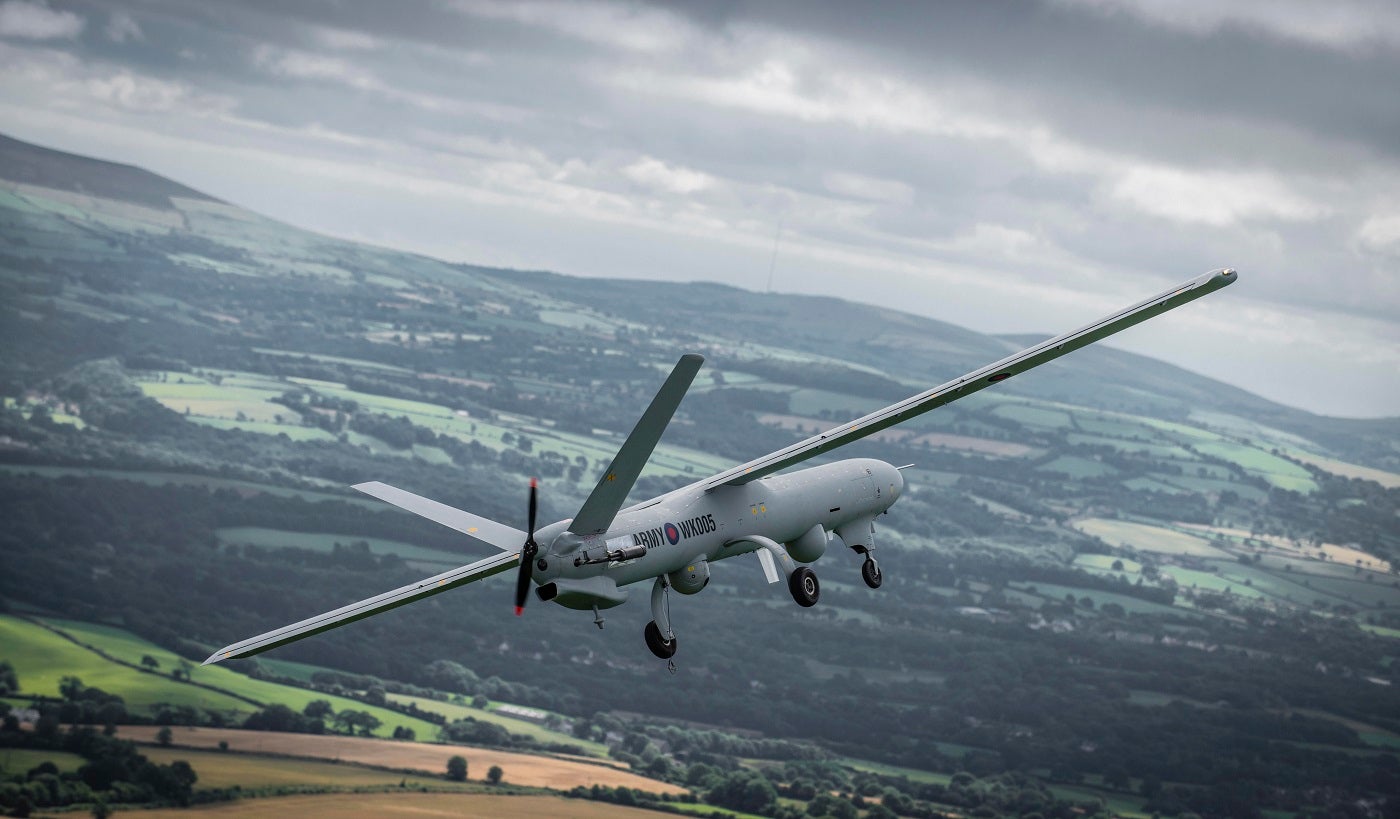
The UK Ministry of Defence has issued a request for information on small armed unmanned aerial systems (UAS) to enhance the British Army’s operational capabilities.
The UK Ministry of Defence (MoD) has released a request for information on small armed UAS, which the British Army could use to bolster its military capabilities. Seeking innovative solutions, the MoD aims to explore potential armed UAS capabilities with a maximum take-off weight, including payload, of 350g.
In the recently published documents, the British Army expressed keen interest in small armed UAS featuring modular payloads, enabling users to switch out equipment as tactical situations evolve.
The army wants explicitly expandable or reusable solutions tailored to the tactical scenario and payload requirements.
One of the critical requirements for the UAS is its ability to be launched in multiple ways, ensuring flexibility in various scenarios. Additionally, the UAS should have a minimum flight time of 20 minutes, regardless of the payload carried.
By seeking this information, the MoD aims to understand the armed UAS marketplace comprehensively and allow industry stakeholders to present potential solutions while highlighting development opportunities.
They are also expected to brief the ministry on any future developments in this field and disclose any contracts they may have for supplying solutions to other governments. Furthermore, respondents will have the opportunity to present or demonstrate their equipment to the MoD if invited.
The emergence of small armed UAS has become increasingly apparent during the Russian invasion of Ukraine. These UAS, from retrofitted to bespoke systems, are being employed to target personnel and vehicles using air-released munitions, including grenades.
According to GlobalData’s “UK Defence Market 2022-2027” report, the UAS that the UK is in the ongoing process of buying TUAV Nano-unmanned Aerial Vehicles (nUAS) from Elbit Systems and Atlas Dynamics and does also have an ongoing Maritime Heavy Lift UAS procurement for $509m from Molloy Aeronautics and W Autonomous Systems.
Investment in the UAV domain in the region is primarily driven by forward-looking development programs such as the maritime heavy-lift UAS programs, among others.
The global military UAV market is valued at US$11.1bn in 2023 and is projected to grow at a CAGR of 5.18% over the forecast period. It is expected to reach US$18.4bn by 2033 and cumulatively value US$172.9bn over the forecast period, according to “The Global Military UAV Market Forecast 2023-2033” report.
With its request for information, the British Army aims to enhance its small armed UAS capabilities, ensuring adaptability and flexibility in response to evolving operational requirements.
By embracing modular payloads and versatile solutions, the army seeks to effectively maintain an edge in modern warfare and address emerging threats.








